Every year, in France and elsewhere in the world, we celebrate Carnival during the month of February, it ends with the celebration of Mardi Gras. On this occasion, towns and villages come alive with parades of floats and participants dressed in sumptuous costumes and wearing creative masks bearing the image of Pierrot, Columbine, Harlequin, etc.
The 27th edition of the Paris Carnival was held on February 11, 2024 between Place Gambetta and Place de la Répuplique. This year, the theme was based on poetry, painting and philosophy, with a tribute to Basile Pachkoff, publisher, poet, painter and caricaturist, at the origin of the rebirth of the Paris Carnival and the Promenade du Boeuf Gras. . Indeed, on the Sunday before Mardi Gras, it is customary to walk around the city between 1 p.m. and 8 p.m., from Place Gambetta to Place de la République, with a cow at the head of the procession. The theme changes every year.
In the capital, carnival has been a tradition for centuries. Originally a religious festival associated with the start of Lent, it became secular over time, marking the start of the Mardi Gras festivities. This year, poetry, painting and philosophy are the theme of the parade. which pays homage to the painter and poet Basile Pachkoff. Indeed, this great festival owes its rebirth to it after having been forgotten by Parisians for years. A great French carnival enthusiast and historian, born on April 3, 1951, Basile Pachkoff died on April 1, 2023. He was the initiator, in 1993, of the rebirth of this great Parisian festival, then forgotten. The streets of the 20th arrondissement, between Gambetta and République, are lively. There we discover colorful floats, costumed dancers and musicians in the colors of South America.
Throughout the parade, you can come across many activities: street shows, food stands, entertainment for children and adults. It’s an opportunity to share all Parisian cultures and their origins. The Paris carnival is also a large gathering for the West Indians of Île-de-France, Gaudeloupe and Martinique, thus honoring the carnival traditions of the West Indies. For this event, groups rehearsed all year round and in the West Indies, Mardi Gras and Ash Wednesday are non-working days.
Mardi Gras traditions
Mardi Gras is an event that takes place in early February, for a few days. after Candlemas. These 2 festivals have different origins and histories.
Mardi Gras
Celebrated 47 days before Easter, this festival represents Christ’s crossing of the desert. It always falls on a Tuesday because Easter is always on a Monday. On this occasion, it is customary to eat pancakes, waffles, donuts and bugnes.
Mardi Gras is the last day of fatty meals before Lent, where meat, butter, sweets and other rich foods are eaten. It precedes Ash Wednesday which begins Lent during which meat is prohibited. This period of 40 days (not counting Sundays) combines days of complete fasting and others of abstinence to prepare for the Easter festival. A particularly strict period, it is dedicated to prayer and sharing.
The celebration evolves over time: we celebrate Carnival (from the Latin “carne levare” which means “to remove the meat). This refers to the last fatty meal before Lent). This day is the end of the week of 7 fat days, period during which we eat rich products without deprivation.
The celebration of Mardi Gras dates back to Roman antiquity. There we celebrated the end of winter, the Calends of March, we disguised ourselves and broke the taboos. We ate delicacies mainly composed of eggs, butter, foods prohibited during Lent in order to avoid losses and empty stocks.
The carnival
The tradition of carnival comes from Italy. From the 11th century, Venice organized magnificent celebrations with disguises and masks. to maintain their anonymity. The practice became democratized in the 13th century. Today, there are many parades around the world like in Nice, Dunkirk and its herring throw, Rio and its sambas, always with disguise as a common denominator.
Copyright ©2024 – IMPACT EUROPEAN
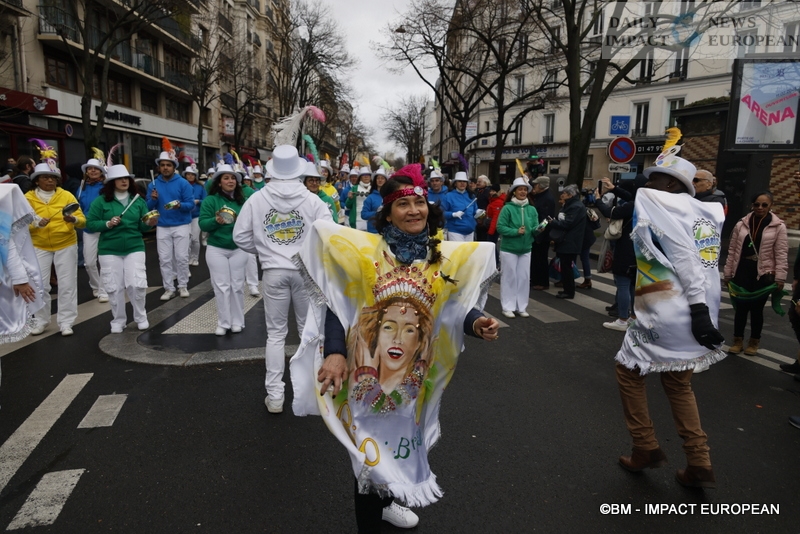





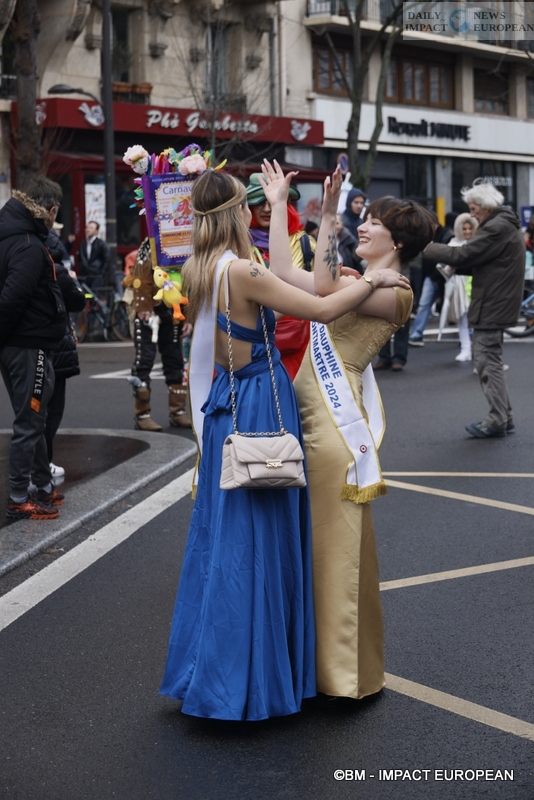
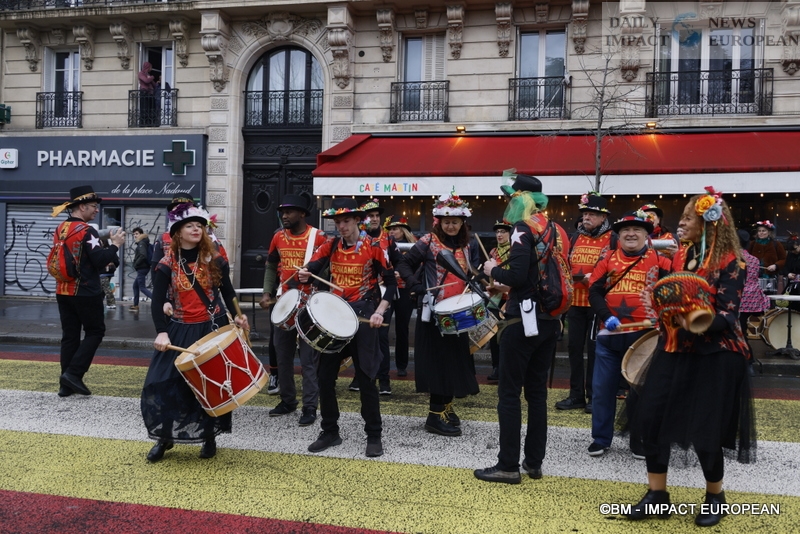


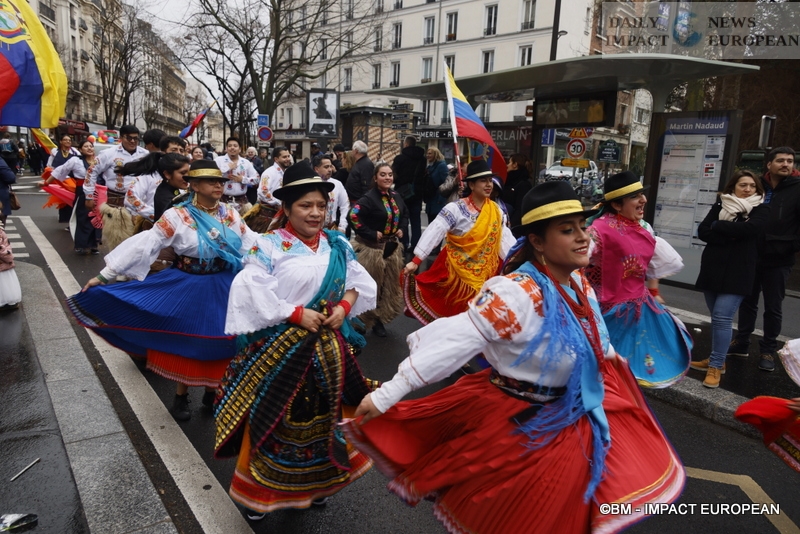

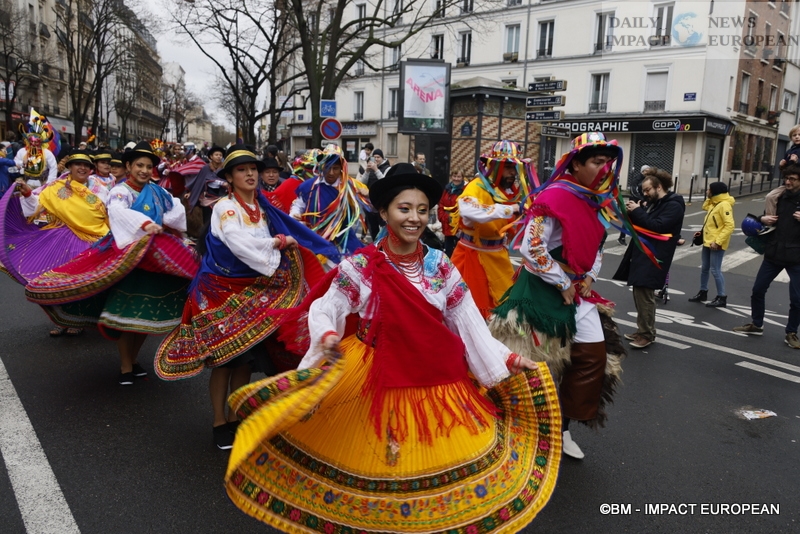



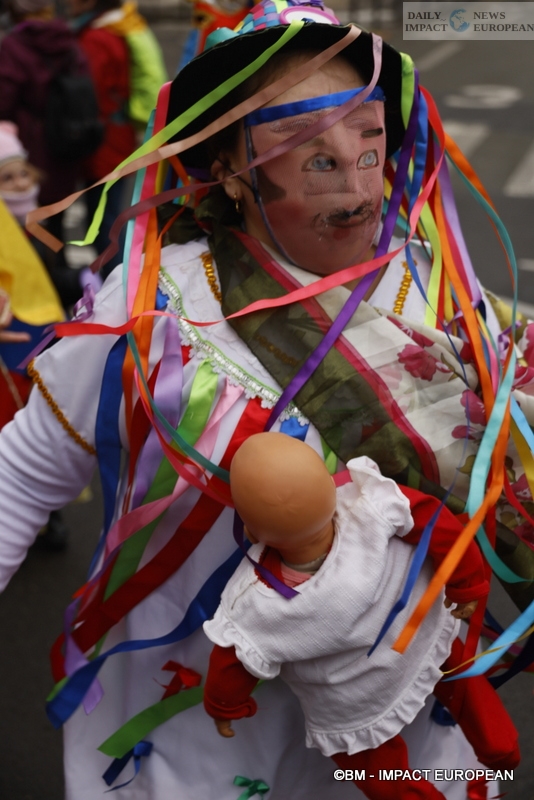

















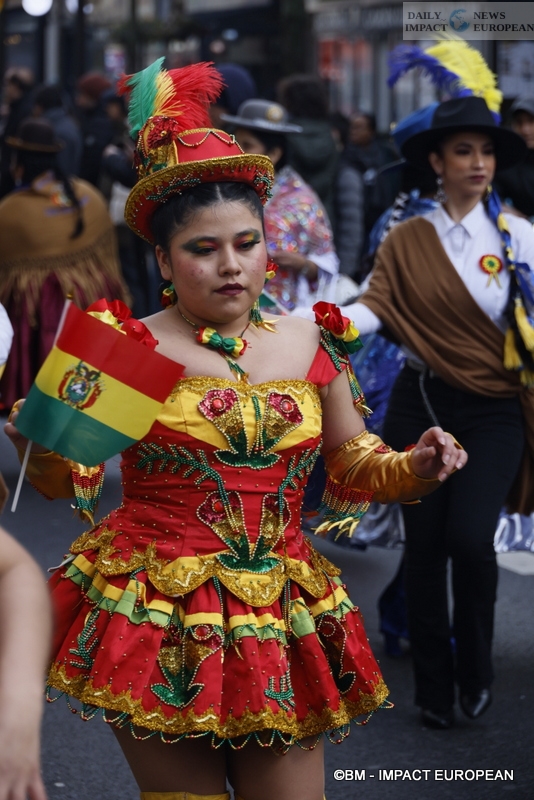

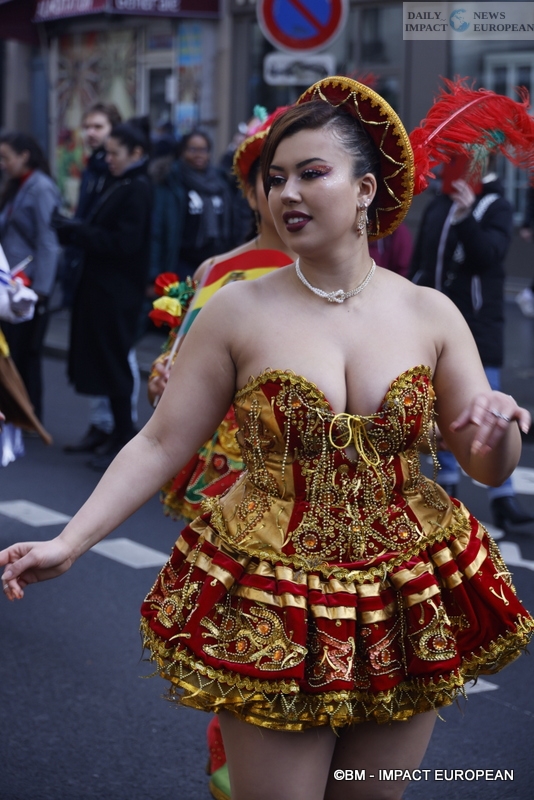






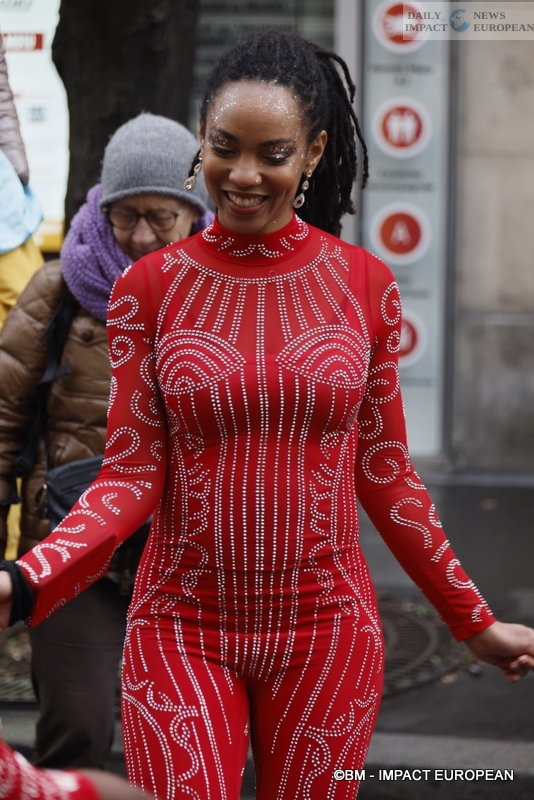


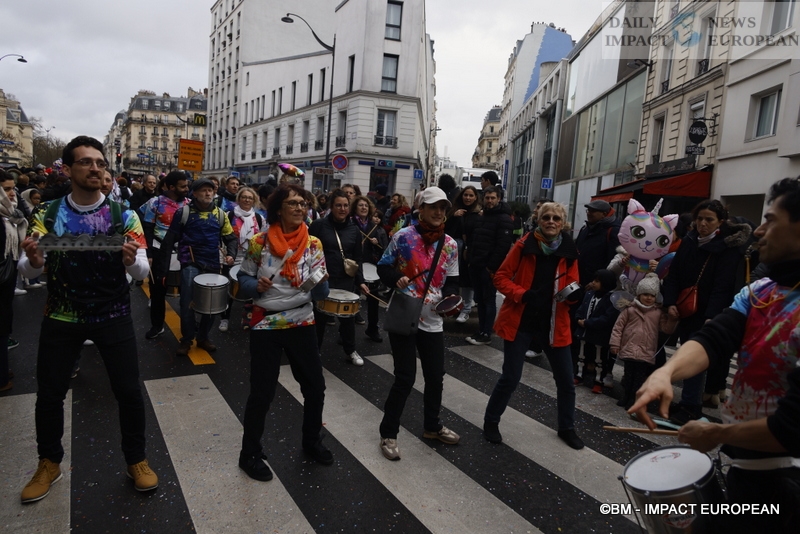







More Stories
Meeting between French and Israeli counterparts Emmanuel Macron and Isaac Herzog at the Élysée
“Dansong” at the Avignon Off Festival 2024
Olympic Flame at the Jardin du Musée Mac Val